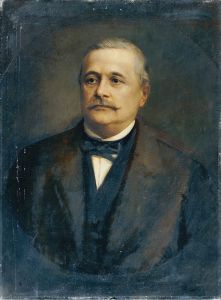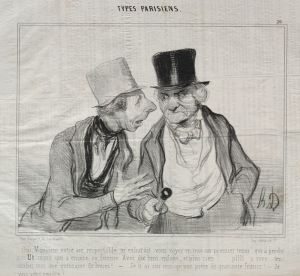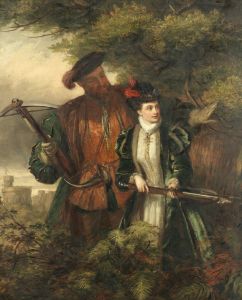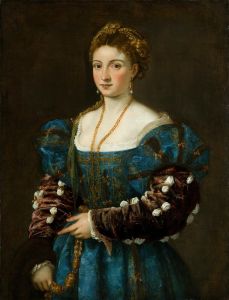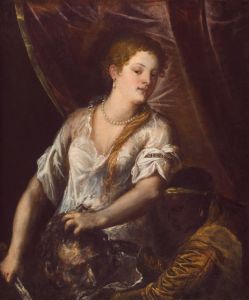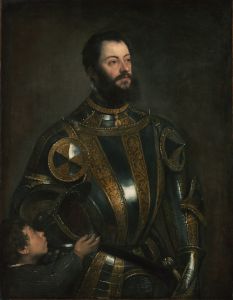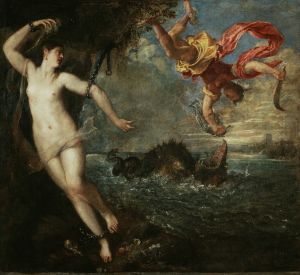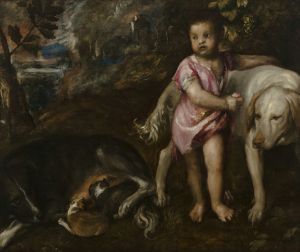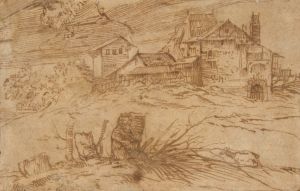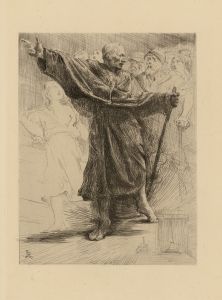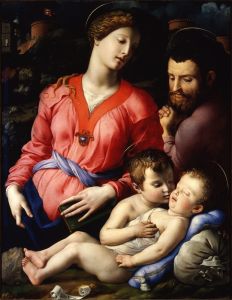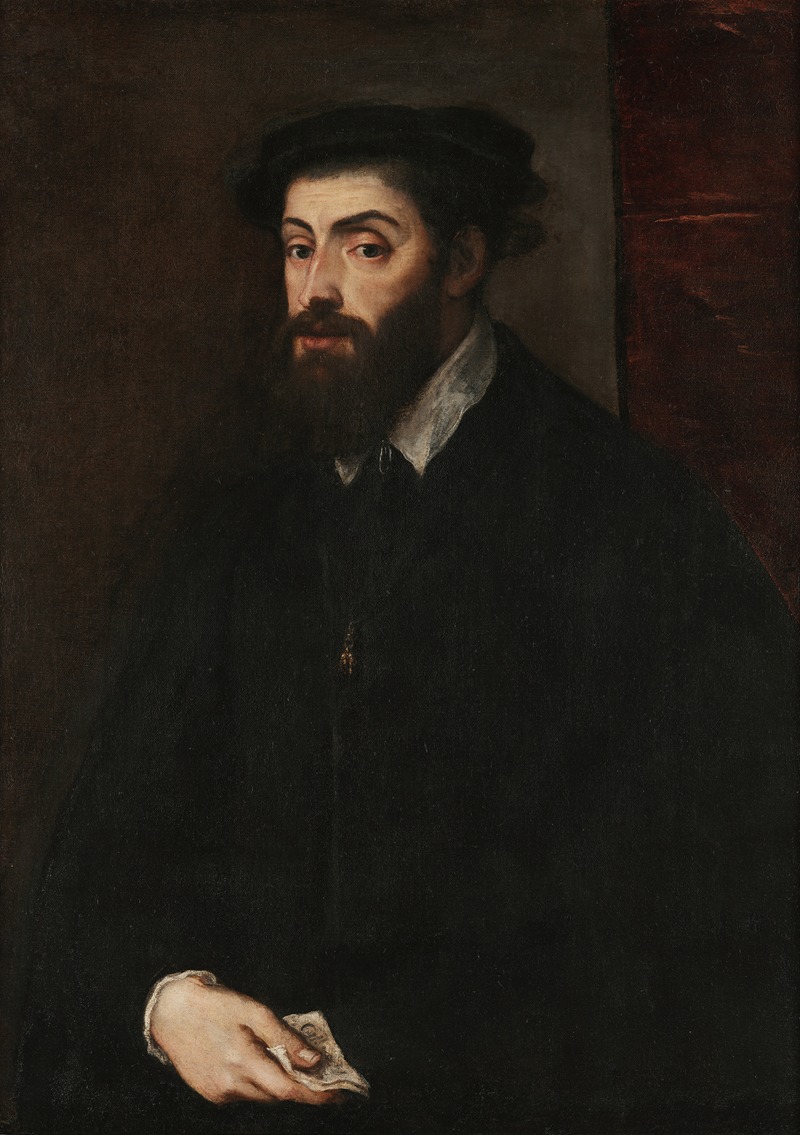
Portrait of Charles V
A hand-painted replica of Titian’s masterpiece Portrait of Charles V, meticulously crafted by professional artists to capture the true essence of the original. Each piece is created with museum-quality canvas and rare mineral pigments, carefully painted by experienced artists with delicate brushstrokes and rich, layered colors to perfectly recreate the texture of the original artwork. Unlike machine-printed reproductions, this hand-painted version brings the painting to life, infused with the artist’s emotions and skill in every stroke. Whether for personal collection or home decoration, it instantly elevates the artistic atmosphere of any space.
The "Portrait of Charles V" by Titian is a renowned painting that captures the likeness of Charles V, Holy Roman Emperor. Painted by the Italian master Titian, whose full name was Tiziano Vecellio, this artwork is a significant example of Renaissance portraiture and reflects the political and cultural climate of the 16th century.
Titian, one of the most prominent painters of the Venetian school, was known for his ability to convey the personality and status of his subjects through his portraits. His relationship with Charles V began in the 1530s, and he became the emperor's preferred portraitist. The portrait in question is one of several that Titian painted of Charles V, each serving to document the emperor's reign and persona.
This particular portrait is believed to have been completed around 1548, during a period when Charles V was at the height of his power. The painting is notable for its realistic depiction of the emperor, showcasing Titian's mastery in capturing the nuances of his subject's character. Charles V is portrayed in a dignified manner, exuding authority and confidence, which was typical of royal portraiture of the time. The emperor is often depicted in armor, symbolizing his role as a military leader and defender of the Holy Roman Empire.
Titian's use of color and light in the portrait is exemplary of his style. The rich, deep tones and the play of light across the armor and the emperor's face highlight Titian's skill in creating a lifelike and dynamic image. The background is typically subdued, ensuring that the focus remains on Charles V, emphasizing his prominence and the importance of his position.
The portrait not only served as a personal likeness of the emperor but also as a political tool. It was used to convey Charles V's power and legitimacy as a ruler to both his subjects and his adversaries. Portraits like this were often displayed in public and private spaces to reinforce the ruler's image and authority.
Titian's portraits of Charles V, including this one, had a lasting impact on the art of portraiture. They influenced how subsequent generations of artists approached the depiction of rulers and nobility, blending realism with idealism to convey both the physical and symbolic aspects of their subjects.
Today, the "Portrait of Charles V" by Titian is held in high regard and is part of the collection of the Museo del Prado in Madrid, Spain. The painting continues to be studied and admired for its artistic excellence and historical significance, offering insight into the life and times of one of Europe's most powerful rulers and the artist who captured his likeness for posterity.





